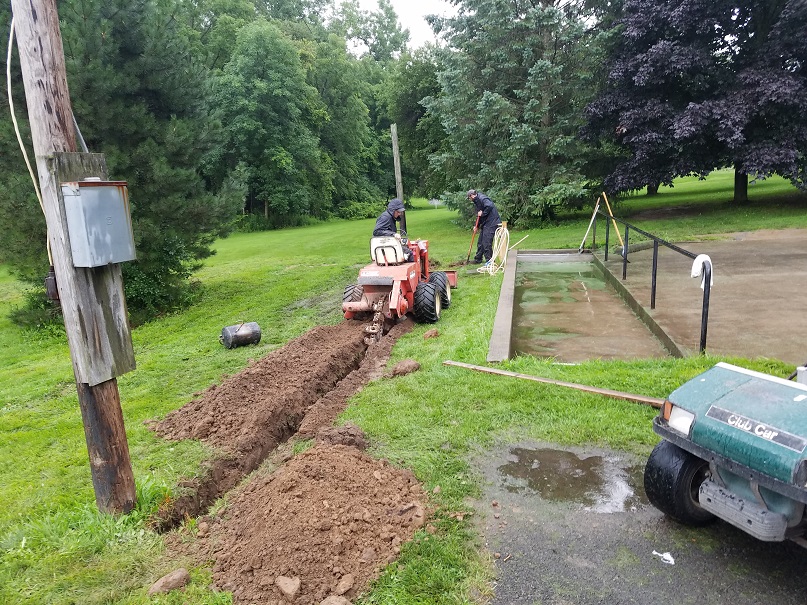 Golf course superintendents in New York State can now create their own facility-specific Best Management Practices plan using the 2nd edition of the Best Management Practices for New York State Golf Courses template.
Golf course superintendents in New York State can now create their own facility-specific Best Management Practices plan using the 2nd edition of the Best Management Practices for New York State Golf Courses template.
This 2nd edition, a revised, updated version of the first edition published in 2014, is incorporated into the GCSAA’s BMP on-line tool. Using the on-line tool, New York superintendents with a GCSAA log in can clone the state’s BMP plan and then use the editing features to modify as needed to create their own site-specific BMP plan.
To help get superintendents started, the following are available:
1) You will need to log in. Need help with your password? Find password information here: Facility BMP Password Help (pdf).
2) You will need to access the facility tool at https://facilitybmp.gcsaa.org/. A set-by-step guide to accessing the tool and starting your facility BMP are available here: Facility BMP How To Guide (pdf).
3) Need more detailed help with the facility BMP process? GCSAA has a pre-recorded webinar that provides information on the features of the tool and how to use them to create a facility BMP.
In addition, the New York Golf Course Foundation will be hosting workshops to assist superintendents in these efforts, with one at the Central New York conference on February 13th in Rochester. More workshops are planned in several locations next winter, depending upon the availability of funding. These workshops will be announced on this website and NYGCF’s Twitter feed.

 Since publishing the
Since publishing the 






